Flow Around a Vehicle Aerodynamics CFD Simulation, ANSYS Fluent Training
Flow Around a Vehicle Aerodynamics CFD Simulation, ANSYS Fluent Training
- Upon ordering this product, you will be provided with a geometry file, a mesh file, and an in-depth Training Video that offers a step-by-step training on the simulation process.
- For any more inquiries regarding the product, please do not hesitate to reach out to us at info@CFDLAND.com or through our online support assistant.
€170 Original price was: €170.€115Current price is: €115.
Vehicle aerodynamics plays a super important role in making modern cars faster, more fuel-efficient, and safer on the road! First of all, the way air flows around a car directly affects how much gas it uses and how stable it feels when driving fast. Additionally, car engineers spend thousands of hours studying airflow patterns to reduce the invisible force called drag that slows vehicles down. Furthermore, even small changes to a car’s shape can make huge differences in its aerodynamic performance! Most importantly, better aerodynamic design means cars need less power to push through the air, which saves fuel and reduces pollution. The drag coefficient (a special number that shows how easily a car cuts through air) has become one of the most important measurements in modern automotive engineering. Today’s engineers use powerful computer programs for CFD simulation (Computational Fluid Dynamics) alongside real wind tunnel testing to perfect the airflow around every part of new vehicles – from the front bumper to the tiny mirrors on the sides. Through careful study of vehicle aerodynamics, engineers create cars that are not just more efficient but also quieter, cleaner, and more enjoyable to drive!

Figure 1: Real KIA Optima car, adopted from Wikipedia
Simulation Process
The simulation requires preliminary steps, including designing the car model and producing a suitable mesh grid concentrating on smaller cells near the vehicle. This process leads to the generation of 2696284 elements, both polyhedral and cut-cell. The wind turbine applies 90km/h wind speed.
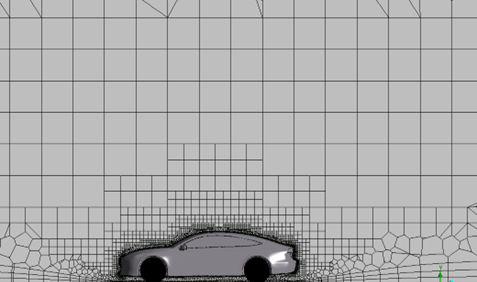
Figure 2: combination of polyhedral and cut-cell grid
Post-processing
The air flow around the car shows exactly how it cuts through the wind! First of all, when air hits the front of the car, it creates a big pressure zone – reaching up to 362.2 Pa – which pushes against the car and tries to slow it down. Then, as air moves over the hood and roof, the pressure drops a lot, which helps pull the car forward. Most importantly, the air behind the car creates a small wake region where pressure falls to as low as -437.3 Pa! Additionally, this smart car shape achieves a very good drag coefficient of just 0.29, which means it doesn’t fight against the air too much! Furthermore, the lift coefficient is only 0.17, so the car stays firmly on the road without floating up. The streamlined shape works like magic to help the car slip through the air with less effort, saving fuel and making less noise too!
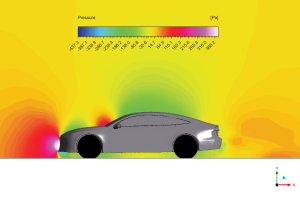
Figure 3: Pressure distribution around the vehicle
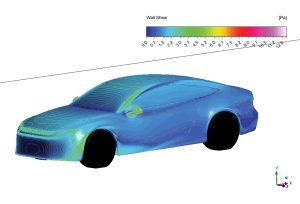
Figure 4: Wall shear stress contour on the vehicle surface
The wall shear stress on the car surface tells us where air rubs against the car the hardest! At the front edge of the hood, windshield, and roof, the air creates high friction spots with values up to 12.4 Pa that can slow the car down. Also, the side mirrors and front corner pillars (called A-pillars) create little air swirls that increase drag. Moreover, most of the car body has nice, smooth air flow with very little resistance. The velocity streamlines around the car show air speeding up to 39.7 meters per second (about 89 miles per hour) as it rushes over the top and sides! The back of the car is specially shaped to help the air come back together smoothly, which reduces the size of the turbulent wake region. Most importantly, this careful aerodynamic design helps the car use less fuel on the highway and stay stable at high speeds – a big win for both drivers and engineers!
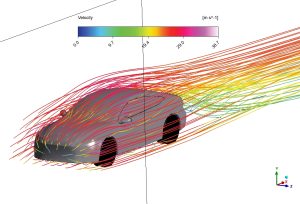
Figure 5: Velocity streamlines showing airflow patterns around the vehicle
We pride ourselves on presenting unique products at CFDLAND. We stand out for our scientific rigor and validity. Our products are not based on guesswork or theoretical assumptions like many others. Instead, most of our products are validated using experimental or numerical data from valued scientific journals. Even if direct validation isn’t possible, we build our models and assumptions on the latest research, typically using reference articles to approximate reality.
Yes, we’ll be here . If you have trouble loading files, having technical problems, or have any questions about how to use our products, our technical support team is here to help.
You can load geometry and mesh files, as well as case and data files, using any version of ANSYS Fluent.
€195 Original price was: €195.€155Current price is: €155.

€130 Original price was: €130.€85Current price is: €85.

€180 Original price was: €180.€135Current price is: €135.

€155 Original price was: €155.€95Current price is: €95.

€280 Original price was: €280.€145Current price is: €145.

€185 Original price was: €185.€135Current price is: €135.



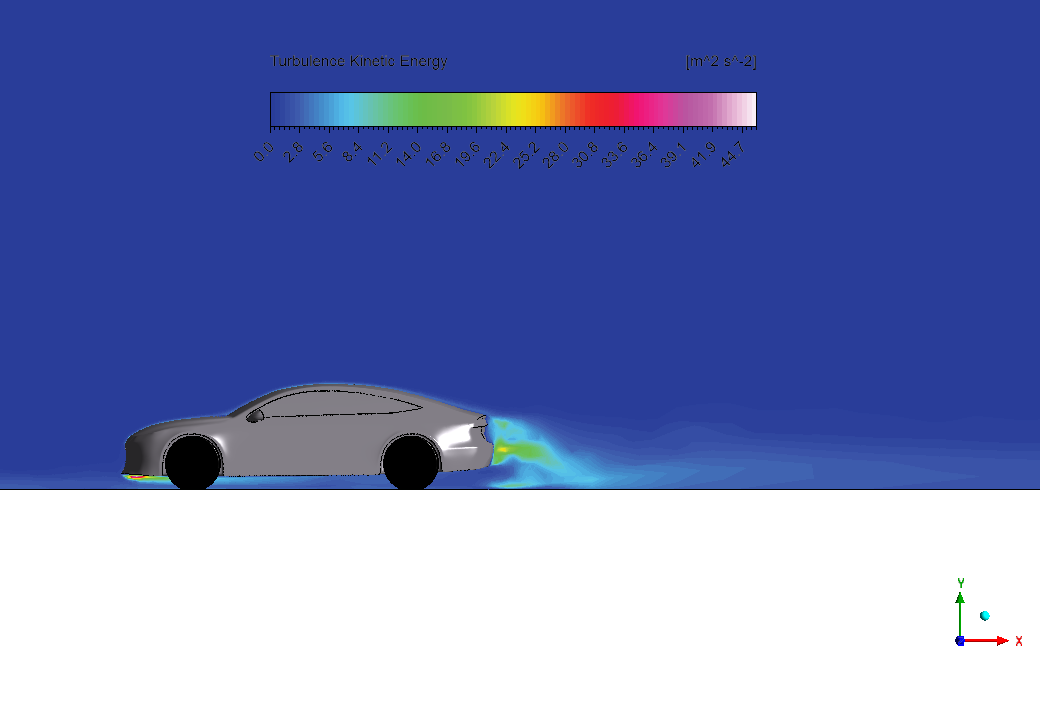
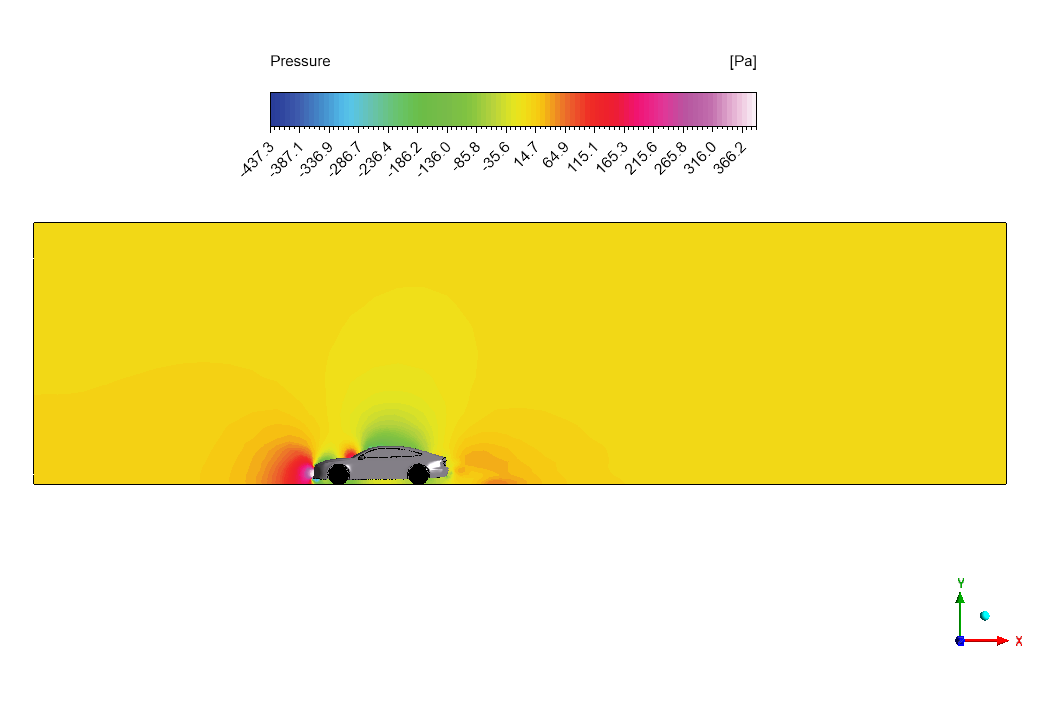

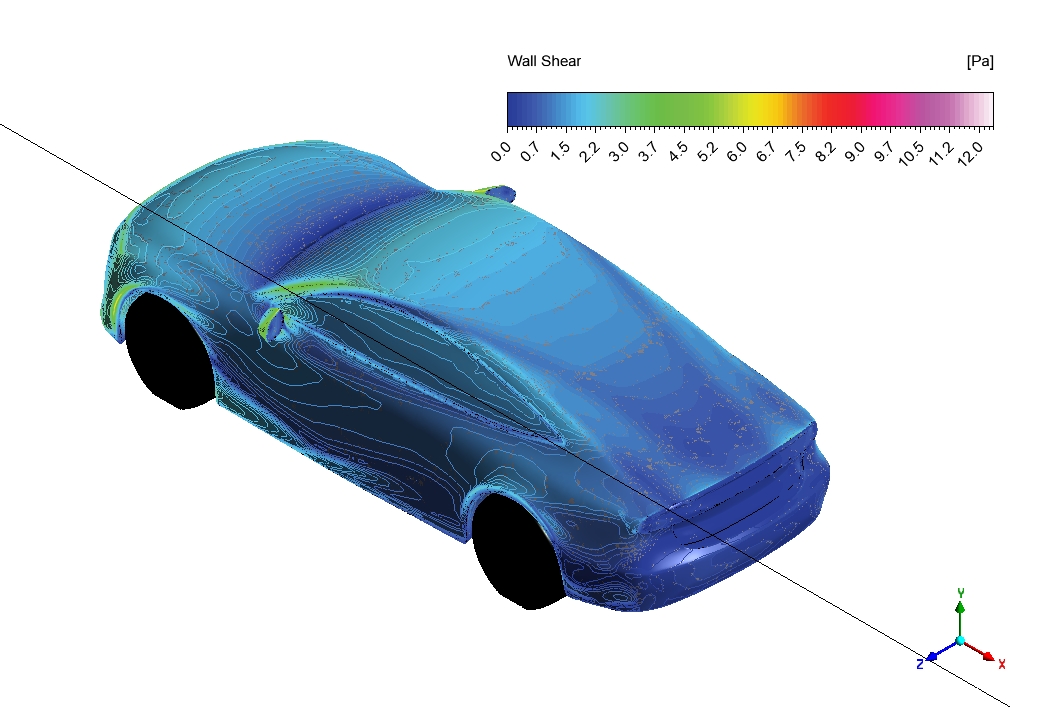

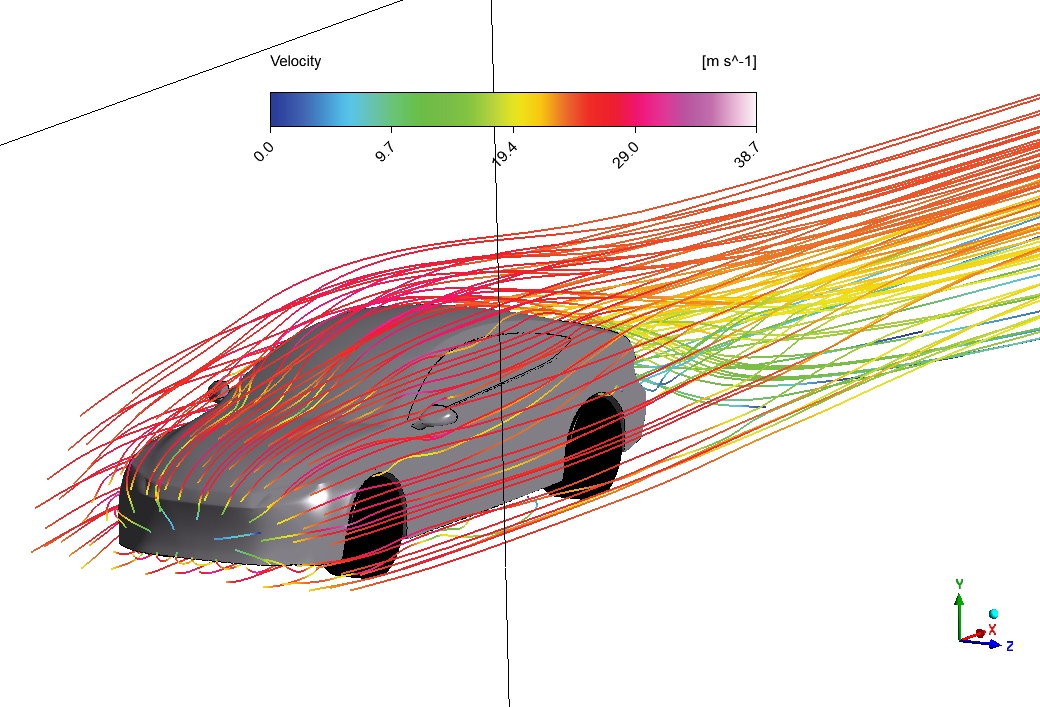
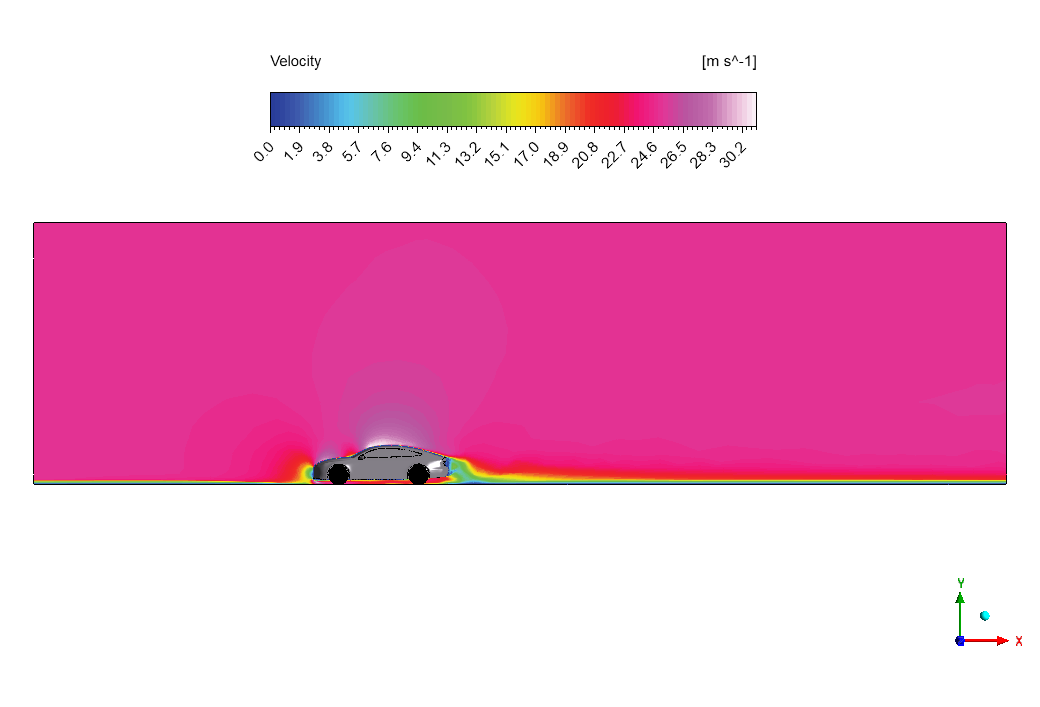






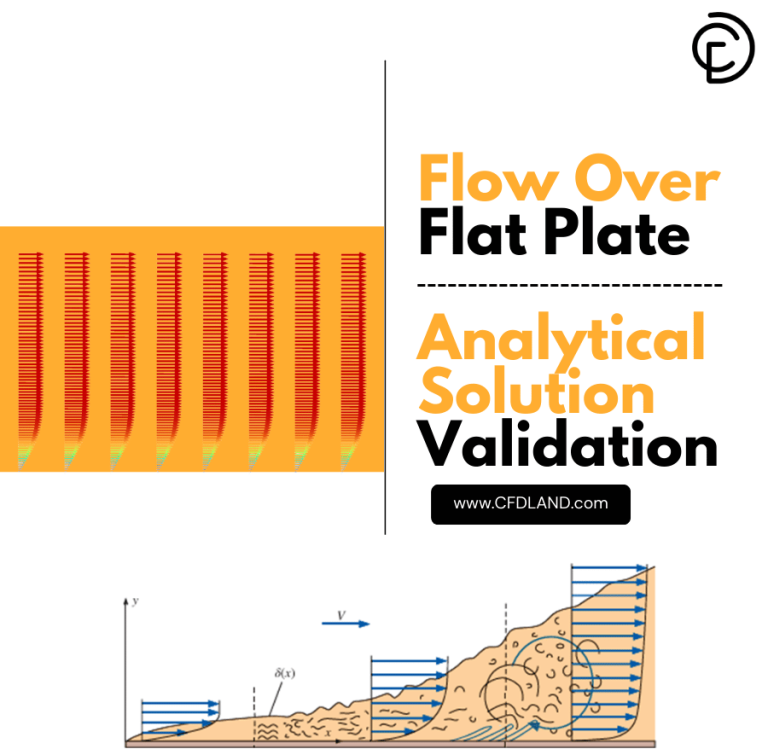
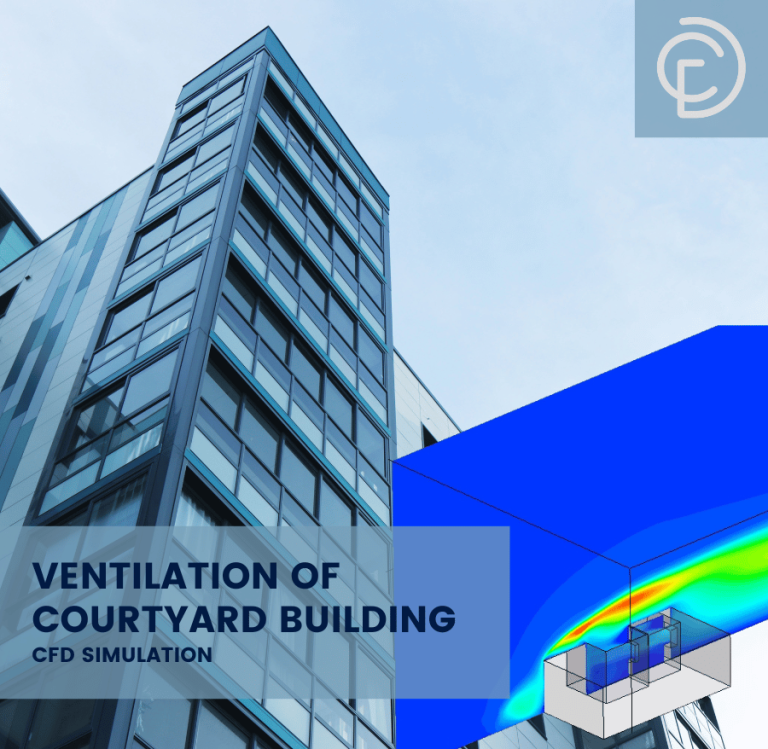
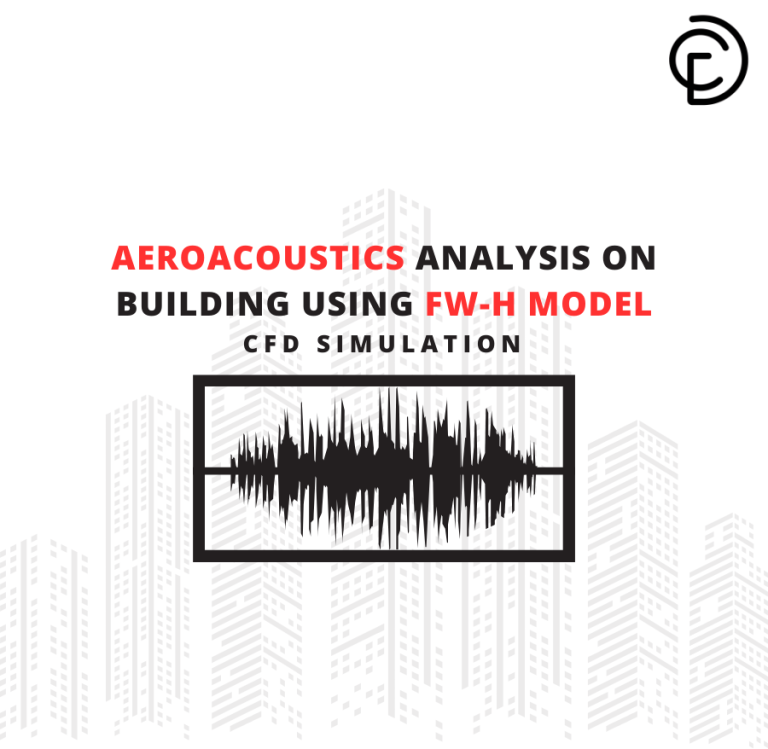
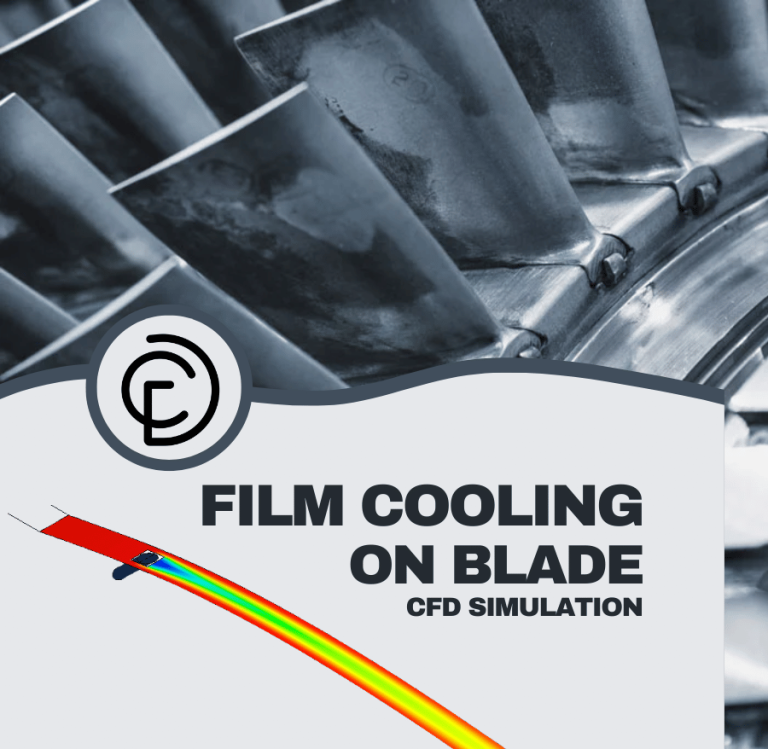

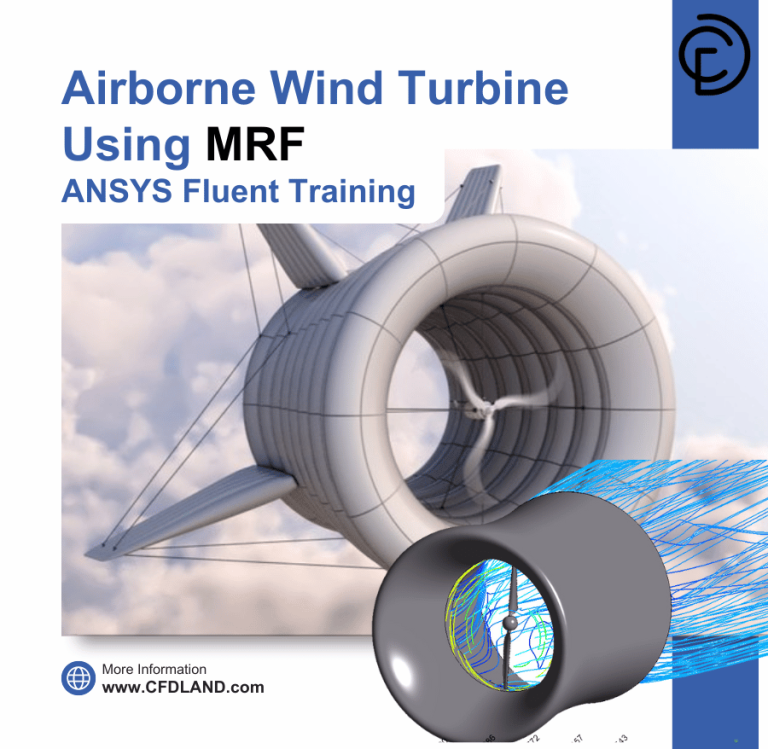
Reviews
There are no reviews yet.